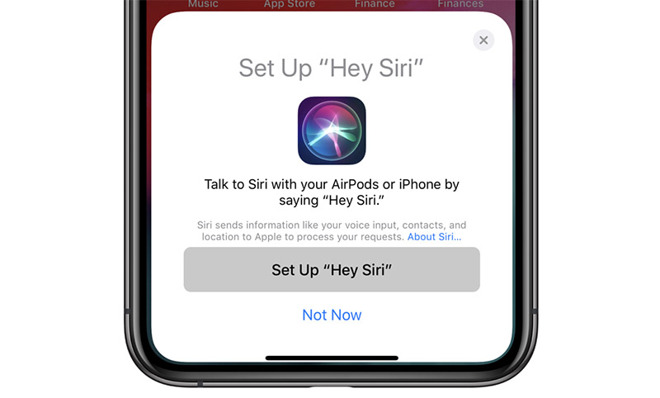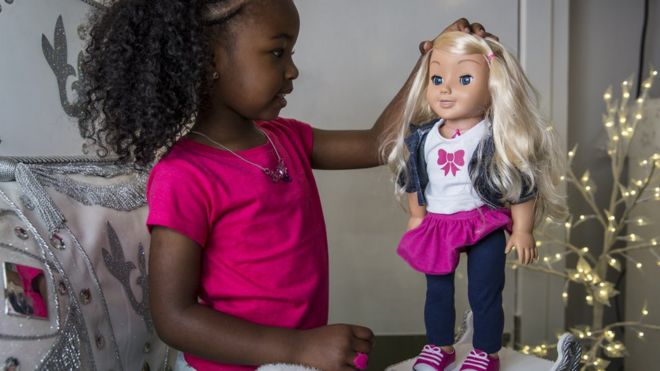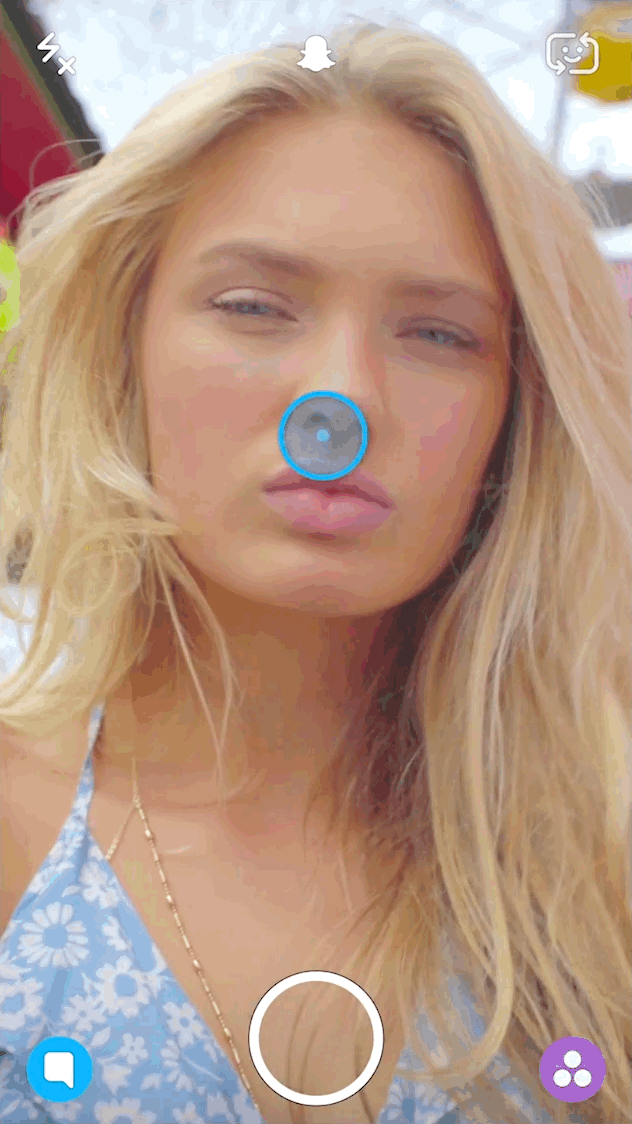There is no doubt that technology is a major part of our lives, and that its role continues to grow. However, whether that is a good or bad thing is up for debate. In my opinion, technology is neither entirely bad or entirely good. There are certainly positives to how it helps us in daily life but, there are also many many downfalls to technology.
In the Futurama video, it portrayed a world where technology was everywhere. Technology was building roads, helping people get places, and even exploring the moon. Everything this video showed was overwhelmingly positive in regards to technology's impact on society and our everyday lives. I feel like this vision still stands true today, we just picture more/different technology in our future. Currently, our standard image of a future “perfect world” is flying cars, holograms, teleportation, and extensive space exploration. When we picture this future world, we assume that it will be perfect. We think that these flying cars will make it easier to get places and we can instantly have anything we desire. It makes sense that the Futurama video portrayed this same emotion towards technology even in the 1960’s because the general vision has always been the same. I think that this vision of a perfect future, although unrealistic and unattainable, is good for us as a society. This goal, this dream pushes us to expand our learning and figure out how to create new things that we want or need. It helps us to invent new technologies and better the ones we already have.
On the other hand, the Mad World Remix video portrayed the bad side of technology, and it proves a very good point. For example, there was a part where everything was black and white and the women looked very worn down and sad. But, when she put her face in front of her phone camera to take a selfie, everything inside the camera was colorful and she looked happy and pretty. This goes to show that what we see on social media isn’t always real, it’s just what others want us to think is real. The whole video everyone is staring down at their phones and not seeing anything going on around them. The video is almost disturbing in the way it shows the impacts of social media and technology on society.
Neither one of these videos is entirely correct. Is technology great? Yes. Does technology cause problems? Absolutely. I can see both the positive and negative side to social media. On one hand, yes the image we all present is fairly “fake”. No one has a perfect life, but that is what we all portray online. However, you need to give yourself a good online image. You want people to think highly of you in general to have a good reputation, but you also need a positive online presence for jobs. So yes, it is fake, but it needs to be in order to look good online to the public eye and employers.
Another topic touched on by the Mad World Remix video was cyber bullying. It showed a girl dancing in what I assume was supposed to be an embarrassing manor. When this video of her dancing ended up online, everyone laughed at her for it. You then see her standing at the top of a building and it is implied that she jumped off to take her own life from the cyber bullying she endured. This is certainly one of the biggest problems with technology and specifically social media platforms. However, many social media sites have been and are continuing to stop this horrifying issue. For example, all mainstream social media sites give you the option to have a private account so that you have to approve who can follow you and see your posts. They also all have block and report features. This is so if someone says something rude or even just annoying on your post, you can block them so they can never see your posts again. You can also report people if they are cyber bullying and after their account has been inspected by the social media’s team, their account may be temporarily or permanently disabled. Many sites such as Instagram and TikTok also allow users to turn off comments for their videos. Cyber bullying awareness has also drastically increased over the past few years which has helped the situation. There are ways to anonymously report cyberbullying to schools and there are hotline numbers to call if someone feels suicidal or they just need someone to talk to. Now that everyone knows what cyberbullying looks like, it is a lot easier to identify and report which is a major factor in the goal to eliminating it forever.

Overall, I would say that the relationship society has with technology is unhealthy. For centuries women have had unrealistic body images, but now social media has shoved that unhealthy image in everyone's face all day long. Although there are a lot of body positivity movements, there still is a very much present concept of the “ideal” female body. Because of social media and apps where photos can be retouched, even the perfect model doesn’t look anything near perfect in real life. The same issues go for men as well. As a society, we do have an issue of being overly reliant on our technology. However, I wouldn’t say that is 100% a bad thing because right now, we have to be extremely reliant on technology. We need the TV to watch the news to be updated on the CoronaVirus, we need technology to do school work and have jobs, and we need things like texts, email, and FaceTime to stay connected with our friends and family. This is one time where our reliance on technology is helping us instead of hurting us. I think that if we were not reliant on technology, we would be in a much worse place right now both physically and especially mentally.
In some aspects I have a healthier relationship with technology than society as a whole but in other ways, I am just as addicted as everyone else. I feel like in general, I have a healthier relationship with social media. Overall, I do not feed into the unhealthy body image of women and I don’t feel like I need to look just like all the Instagram models. To a certain extent is the image still mildly damaging? Of course, but I don’t let it control who I am and who I want to be. Where I fall short is my reliance on my phone. I text, Snapchat, and FaceTime my friends all day and night. I spend endless hours watching and making TikTok videos when I get bored. Whenever I drive somewhere unfamiliar, I don’t even bother looking at the directions beforehand, I just listen to my GPS. I am extremely reliant on my phone for basically everything. Although there isn’t much to do when under a stay at home order, I should definitely find things to do that don’t involve my phone, laptop, or the TV.
Technology is great, but there are plenty of downsides. I think everyone needs to spend a little more time in the real world and we would be a much happier and healthier society. As it gets warmer and once exams are over, I am going to try to get outside more and find a hobby that has nothing to do with technology. By no means will I ever give it up because it does do a lot of good for me, but I certainly should distance myself from it a little more.
https://support.tiktok.com/en/privacy-safety/comment-duet-and-direct-message-control-default (how to turn off comments for your TikTok videos)
https://help.instagram.com/196883487377501 (how to make a private Instagram account)
https://help.instagram.com/547601325292351 (what you should do if you are or see someone else being cyber bullied on Instagram)









